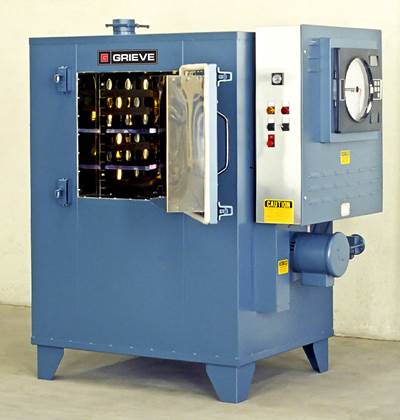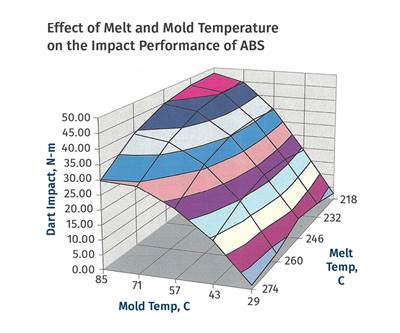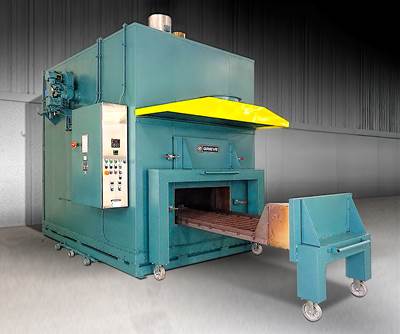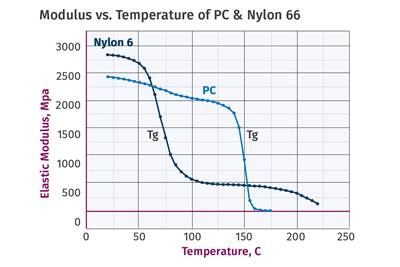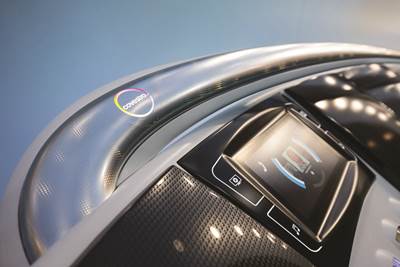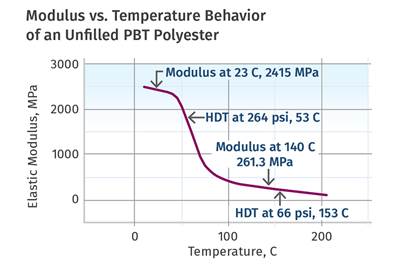Materials Know How
Part 3 Materials: Annealing Tips for Semicrystalline Polymers
For these polymers, annealing is done to establish a level of crystallinity that cannot be practically obtained within the parameters of a normal molding cycle. Here’s some guidance on setting annealing time and temperature.
Read MoreMaterials: Annealing Tips for Amorphous Polymers, Part 2
In amorphous polymers, annealing is performed to draw down the internal stresses to a level not achievable within the conditions of a normal molding process. But a few parameters are important to achieving the desired results.
Read MoreMaterials Part 1: What Annealing Can Do for Your Process
Relatively rapid cooling rates in processing introduce internal stress. If functional problems in use result, annealing may draw down the stress to levels that may not be achievable during processing.
Read MorePART 2: The Importance of Mold Temperature When Processing Polycarbonate
Don’t be afraid to increase mold temperature to improve part quality when making PC parts. Take a look at a few examples here.
Read MorePart 1: The Importance of Mold Temperature When Processing Polycarbonate
An often overlooked factor in optimizing the ductility of PC is the rate at which the polymer is cooled in the mold.
Read MorePart 5: Heat Deflection Temperature vs. Dynamic Mechanical Analysis
In the final part of this five-installment series, we bring DMA to a practical level using the results for glass-filled nylon.
Read MorePart 4: Heat Deflection Temperature vs. Dynamic Mechanical Analysis
The presentation of DMA data can sometimes frustrate users and discourage its adoption. Those unfamiliar with DMA should insist on receiving data relevant to the manner in which the part they are developing will be used.
Read MoreHeat Deflection Temperature vs. Dynamic Mechanical Analysis (Part 3)
DMA provides a rich and detailed picture of polymer performance, and it can be challenging to understand all the things that we can and should know about our materials. But the fact that it may be hard does not mean that it should not be attempted.
Read MorePART 2 Heat Deflection Temperature vs. Dynamic Mechanical Analysis
Here’s a real-world example of a part failure demonstrating why DMA curves have more value than single-point data generated by HDT.
Read MorePart 1: Heat Deflection Temperature vs. Dynamic Mechanical Analysis
Does the industry need a better way of reporting the temperature-dependent behavior of plastics? With DMA, it already has one. But it’s been glacially slow to catch on.
Read More
